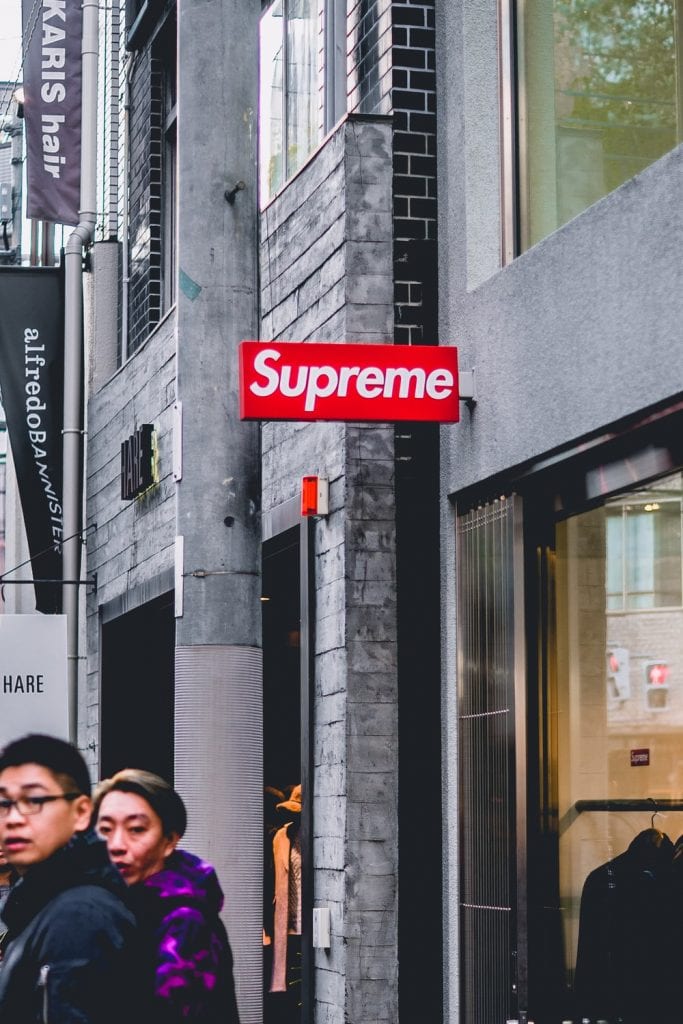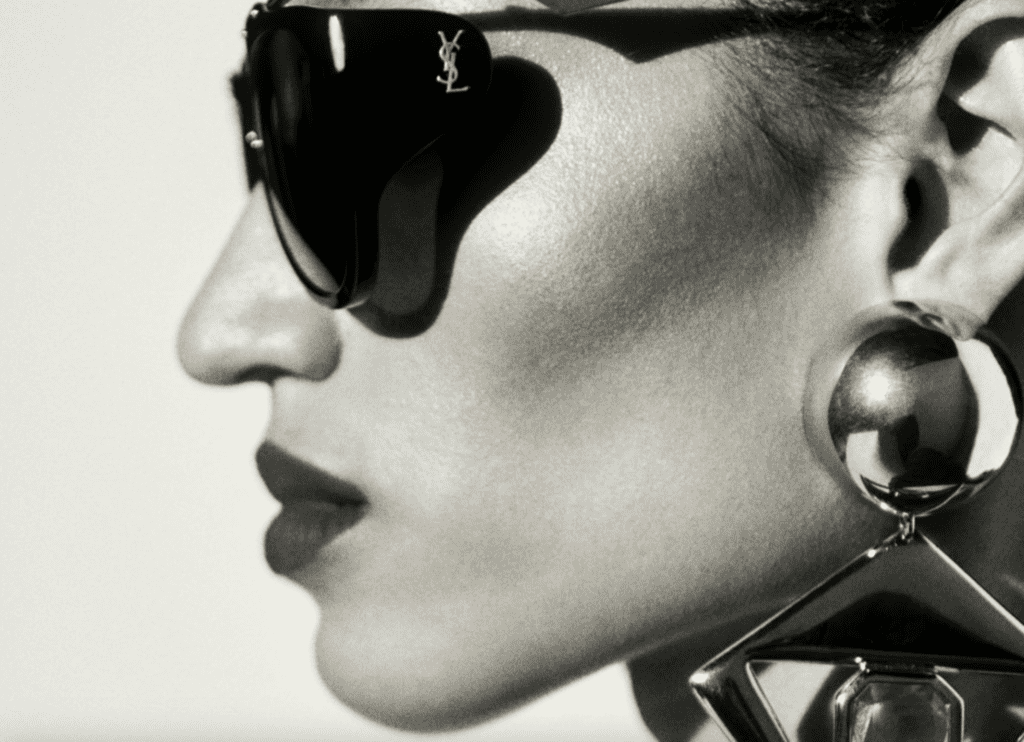In the midst of filing trademark-centric lawsuits in the U.S. in order to crack down on a growing pool of companies that are “trading upon [its] reputation and goodwill by selling … unauthorized and unlicensed products using infringing and counterfeit versions of its federally registered Supreme trademarks,” and thereby, causing “irreparable damage” to its brand, Supreme’s corporate entity has added a new trademark registration to its arsenal, a word mark for its name in China. As first reported by WWD, the Chinese Trademark Office has given the go-ahead to a Supreme word mark for use on clothing and accessories.
The new registration is merely the latest trademark-specific endeavor of Supreme, which got its start in New York in 1994 before accumulating a reported valuation of $1 billion when it had sold an estimated 50 percent stake to private equity giant the Carlyle Group for $500 million dollars in 2017. The buzzy streetwear brand fought to register its name in the U.S., in light of pushback from the U.S. Patent and Trademark Office (“USPTO”), which preliminarily determined back in 2012 that the word “Supreme” does not identify the brand at play but “describes a quality … of [the brand’s] goods and/or services.”
Counsel for Supreme was ultimately able to overcome the USPTO’s concerns, and has since amassed more than a dozen registrations for its name in the U.S., alone., where it also maintains federal registrations for its famed box logo, which was inspired by the work of artist Barbara Kruger. But again, such efforts did not come without the trademark office arguing – at least initially – that even when the word “Supreme” is positioned inside of a rectangular red box, it is still “merely descriptive.” In an early Office Action in response to Supreme’s 2013 application for registration of its red-and-white box logo, a USPTO examiner argued that “when the word ‘Supreme’ is used on or in connection with clothing, it immediately conveys to consumers that applicant’s goods are ‘of the highest quality,’” and does not serve to indicate the source of the clothing items. (Supreme was able to successfully argue otherwise).
But even with a strong body of trademark registrations (and the goodwill that comes with them) to point to in the U.S., given that trademark rights (and registrations) are jurisdictional in nature, “significant counterfeiting” activities are being carried out foreign actors as a result of the globally-reaching “success of the Supreme brand.”
The most striking opponent of Supreme’s in recent years has been a 5-year old British firm called International Brand Firm (“IBF”), which has managed to build up a sweeping portfolio of trademark registrations of its own in the name and famous box logo of Supreme trademark for use on garments and accessories. After identifying mounting, unmet demand for Supreme-branded wares, particularly given the brand’s tightly-controlled and relatively small distribution chain (limited quantities sold exclusively in Supreme’s dozen-or-so brand-owned and operated stores), IBF has been able to accumulate trademark registrations in the “Supreme” name and logo in a few countries by virtue of the jurisdictional variations in trademark law across the globe.
In accordance with many-a-country’s national trademark law, registrations are awarded to the first party to simply file an application with the relevant trademark office, not the first to actually use the mark in commerce. This system notoriously bodes well for squatters, or those who intentionally file trademark applications for another party’s trademark in a country where the original rights holder does not currently maintain registrations.
In China, the first-to-file system – which strongly favors native entities due to their easy access to the Chinese Trademark Office, paired with what China Law Blog calls the country’s “laissez-faire attitude towards bad-faith trademark registrations” – has given rise to an industry all its own, one in which Chinese individuals rush to file trademark applications for the names and logos of Western brands with the Chinese Trademark Office long before those non-native brands do.
With such trademark registrations in hand, these native entities routinely use them to extract payment from the brand at issue in exchange for turning over the registration (and thereby, allowing the brand to avoid a lengthy and costly legal battle). Alternatively, they use the trademark registrations to piggyback on the well-established reputation and appeal of the famous brand by way of a copycat company. You may recall that Supreme made headlines in late 2017 when it appeared to have teamed up with Samsung for a collaboration with China. The problem? It was not the James Jebbia-founded Supreme that staged an event with Samsung in connection with the Chinese launch for its Galaxy A8s; it was IBF, which successfully duped consumers and media outlets with the stunt.
While Supreme has been a popular target of such endeavors, it is not alone; it joins the likes of Apple, Hermès, Dior, Akris, New Balance, Yeezy, and Phillip Lim, among others, which have all fallen victim to variations on such “trademark squatting” activities. Remember when a company that was not affiliated with Kanye West or adidas opened a Yeezy store in Wenzhou, China? Or more recently, how about when handful of Chinese footwear bands co-opted the Chinese translation of the New Balance name and “N” logo for their own footwear offerings, which ultimately led to a number of successful legal actions on the part of Boston-based New Balance.
All the while, the 26-year old Supreme has steadily been upping its trademark enforcement activities in recent years (likely prompted by its global expansion and the scheme being carried out by the likes of IBF), aiming to crack down on the ever-growing number of third-parties that want to benefit from popularity of its brand (and the demand that Supreme has systemically and intentionally left unfulfilled in furtherance of its limited drop model).











